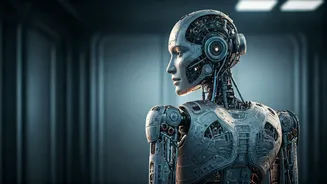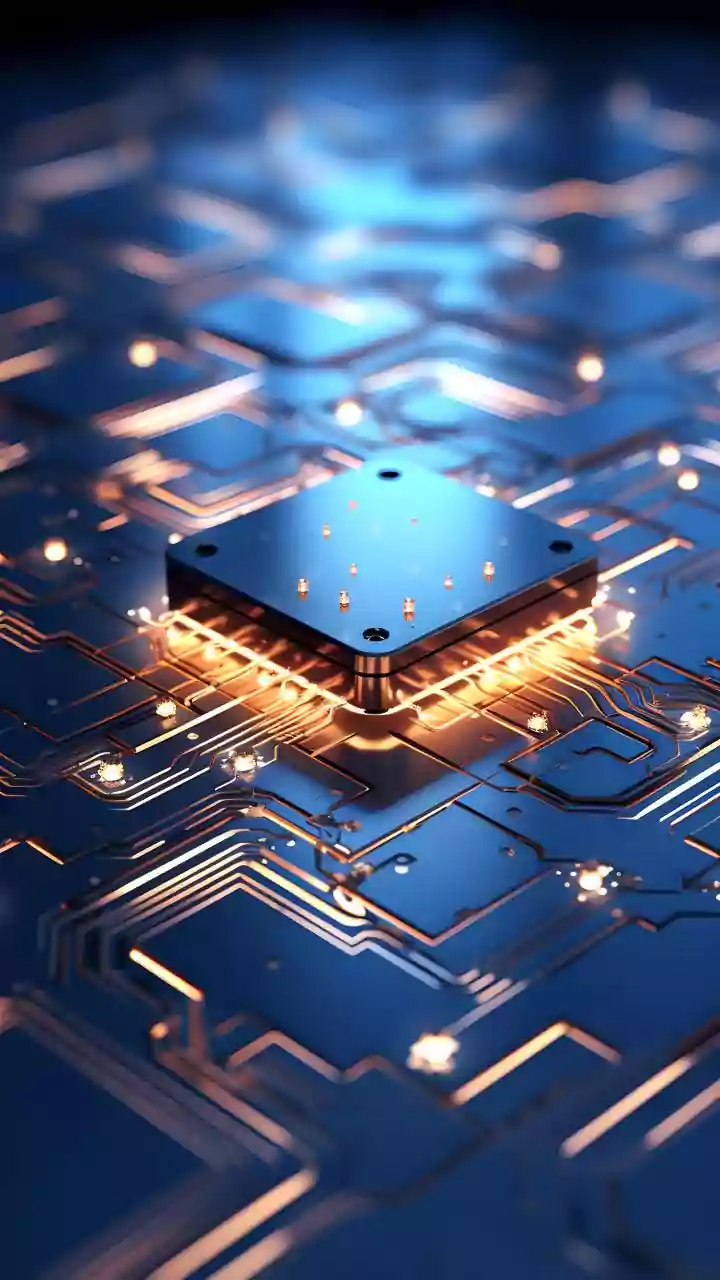Robots with Uncanny Faces
One of the most unsettling aspects of some robots is their attempt to mimic human faces. These robots often struggle to replicate human expressions perfectly,
and the imperfections are what make them unsettling. These robots are usually designed for purposes such as interacting with humans in healthcare or education. They may appear friendly or even helpful, but their limited capacity to convey real emotions creates a sense of unease. For instance, a robot may smile, but the lack of genuine feeling behind that smile will appear artificial and strange. This uncanny valley effect makes us feel disconnected. These are just the initial attempts, and as technology progresses, these facial features may become indistinguishable from actual humans.
Robots with Unpredictable Movements
Some robots that are meant to move like humans, but their movements are not always what is expected, making them creepy. They can appear to move too fast, too slow, or in ways that feel unnatural and disjointed. Such movements are quite unnerving because our brains are accustomed to judging the body language of others and making predictions about their behavior. When a robot does not move like a human, it becomes hard to interpret what it is going to do next, which causes a feeling of insecurity. Consider a robot that unexpectedly jerks its head or twists its limbs in an unnatural direction; such moves are likely to trigger an instinctive fear response. Often, these imperfect movements are a result of complex engineering challenges and limitations of the robot's hardware and software.
Robots with Strange Voices
The voice of a robot can have a significant impact on how unsettling we find it. Voices that are computer-generated or lack proper intonation can make a robot come across as cold and detached, generating feelings of uneasiness in the listener. Moreover, if a robot's voice is programmed to emulate human speech but has issues like unnatural pauses, monotone delivery, or weird pronunciations, it becomes all the more unnerving. For example, a robot trying to provide helpful information or share a joke can appear ridiculous if its voice is too flat. The contrast between human-like speech and the robotic sound of its production can be jarring. This contrast can be attributed to limitations in text-to-speech technology and the lack of emotional context in the machine's programming.
Robots with Invasive Purposes
Some robots are explicitly designed to do jobs in which humans aren't meant to be involved. Military robots are one type, such as those used for surveillance or in battle. These robots may seem creepy because of their aggressive appearance or their ability to perform tasks that are inherently dangerous. Similarly, robots designed to carry out surveillance can be disturbing, especially when they are used to keep track of people in sensitive areas. The idea that a machine is always watching or monitoring your behavior can result in feelings of vulnerability. In addition, the lack of human compassion or ethical restrictions in the robot's programming can amplify these fears, raising concerns about the potential consequences of artificial intelligence in sensitive settings.
Robots with Artificial Intelligence
The growing capacity of robots to think and learn independently has produced considerable interest and anxiety. Robots with artificial intelligence are programmed to mimic human-like intelligence, but their inability to completely grasp human feelings and moral values can be distressing. For instance, a robot that processes enormous data to make choices but cannot grasp the emotional implications of its actions is likely to raise doubts. Furthermore, if robots with AI begin making their own decisions without human oversight, it could lead to concerns about accountability. This can be especially frightening as AI becomes more complicated and integrated into daily life. The mystery surrounding these intelligent machines is likely to generate fear and distrust.
Robots with Realistic Designs
Some robots attempt to appear as realistic as possible, which might cause an uncanny valley effect in humans. This is where an object seems almost human but is not quite real, which generates a feeling of unease and repulsion. Robots with faces, skin, and movements that are extremely like humans can make us uncomfortable. As technology improves, robots are becoming better at replicating human characteristics. However, these machines are likely to cause more anxiety if they cannot accurately convey human feelings or react to changes in their surroundings. The mismatch between human appearance and robotic behavior can trigger deep-seated reactions, making the user anxious.
Robots in Unexpected Settings
The location where you encounter a robot can influence how you feel. A robot found in an unpredictable setting, like a school or a private home, might seem unsettling because it violates our assumptions about where technology belongs. Imagine a robot that shows up in a place that is supposed to be safe or personal. The unexpected presence can be intrusive and cause a sense of invasion. The use of robots in the workplace can also provoke discomfort, particularly if they are presented to take jobs that humans have traditionally done. These unexpected encounters can lead to a reassessment of the role of technology in everyday life and may also bring about discussions on ethics, societal change, and the future of humans in the world.














